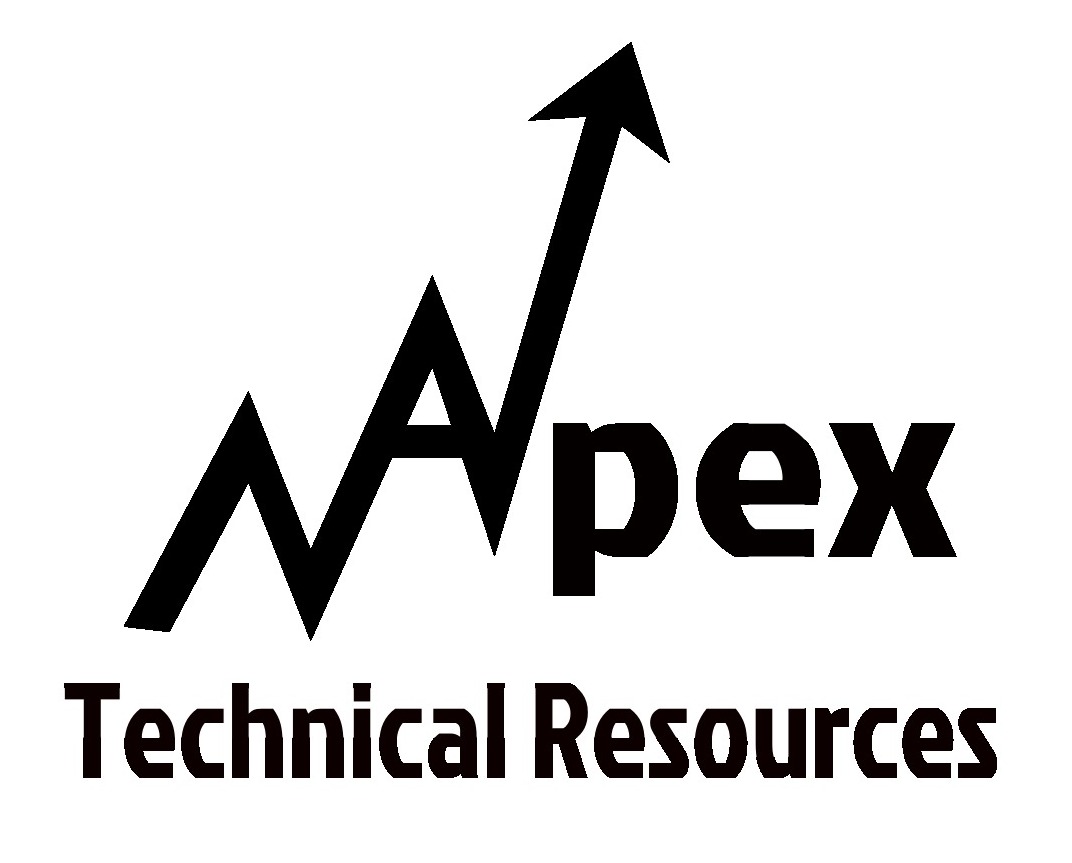Here are some examples of Larry's experience in managing engineering and operations excellence programs:
FILLING AND PACKAGING LINE CREATION
Three new production lines were designed and constructed over the course of 5 years in three different North America facilities to fill, sterilize and package liquid nutritional products. These new lines had filler speeds 50% faster than any other existing filling lines that the company had at that time. Larry led the electrical effort for these projects that each lasted over 15 months from capital expenditure approval to line startup, with total capital costs for each project exceeding US$ 16MM.
- In addition to overall responsibility for the electrical and controls design and construction efforts (schedules, financials, bid package creation, hiring of contractors, construction supervision and reporting to upper management), Larry was also responsible for all aspects of the facility, utility, filling and packaging equipment electrical designs and installations.
- The projects typically involved direct involvement with 4 or more engineering consulting firms, 20+ equipment vendors, 4 to 6 electrical contractors and 3 or more internal engineering organizations.
- For the first line that was designed and built, the engineering management team decided to standardize controls for the filling and packaging equipment using the Allen-Bradley ControlLogix® hardware platform with Ethernet for the communication platform. Larry worked with Allen-Bradley and 9 different equipment manufacturers in North America and Europe to redesign and re-program their control systems to take advantage of the benefits of this new architecture vs. using the PLC-5 and Data Highway+ architecture that was widely used for machine controls at the time.
PRODUCTION METRICS
Larry led a number of projects and a global program to incorporate Zarpac Performance Index® OEE software on virtually all of the packaging lines in the division. The use of OEE software on a packaging line creates a new culture in a manufacturing environment where resource decisions (PM frequencies, operator and maintenance attention, equipment replacement, etc.) are made based on plant floor data instead of speculation.
Working with ZPI and the manufacturing facilities the project teams:
- Installed or retrofitted control and communication architectures that supported the flow of information to the data collection servers
- Installed the OEE software on local servers and did application programming to gather data from the process controls on machine downtime, production speeds and counts, and other critical information
- Installed plant floor displays to communicate production trends and statistics to line and maintenance workers as it was happening
- Trained site production, maintenance, engineering, quality and financial personnel on how to utilize the capabilities of the software
- Helped the sites create systems and cultures that take advantage of the KPI data that was generated in order to improve labor and raw material utilization and optimize preventive maintenance
UTILITY METRICS
In a similar global program to the above mentioned one, energy management software was installed across the company to monitor site and department utility use in the context of production statistics. The process of doing the project was similar to the OEE software with the exception that additional utility monitors were installed in most of the facilities. Larry's background in utilities, KPI software and powerhouse operations were utilized to develop a strategy that could be employed to reduce utility and energy use in addition to improving the site utility budgeting process and the precise calculation of utility costs per unit of product made.

